Last year, I blogged about some unusual, animated adaptations of Charles Dickens’s A Christmas Carol in Prose. This year, I’m going to do the same.
You know, considering how frequently it’s been adapted, it’s amazing how faithful most versions of A Christmas Carol are to the text. Oh, most of them will omit a scene here and add a scene there, but they won’t stray far from the plot, dialogue, characters or themes. A rare exception to this is the dark, revisionist 2019 miniseries written by Stephen Knight, which sounds so stupid that I’m probably never going to watch it. Another exception and a less obvious one is the 2001 animated movie adaptation that goes by the title of A Christmas Carol: The Movie. Not a very helpful title considering how many movie versions of this story exist but oh well. Since the main reason I’m writing about it is the artistic license it takes with the material, take warning that this post is going to be loaded with spoilers.
The movie has a live action framing device of Charles Dickens (Simon Callow who also voices Scrooge) giving a public reading of A Christmas Carol in Boston in 1867.[1]For reasons beyond me, the live action scenes that bookend the movie were cut from the DVD version and included as a bonus feature. A really bad CGI mouse scurries through the audience, frightening a woman (Tracey O’ Flaherty.) This inspires Dickens to add two mice to his story.
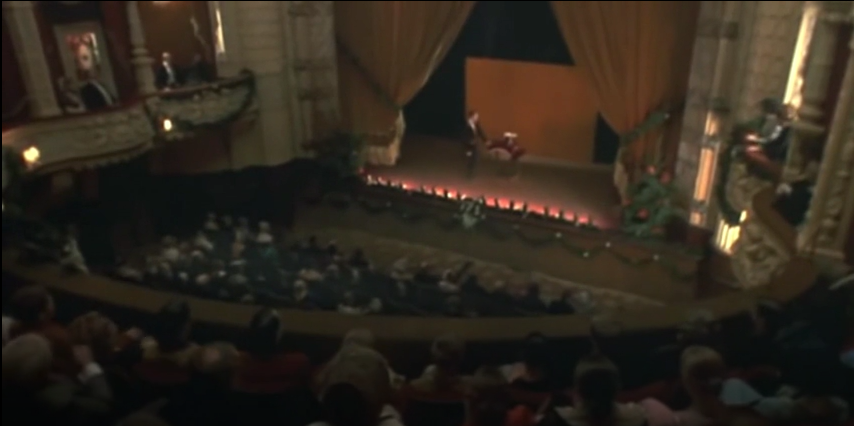
These two mice don’t talk or wear clothes or anything but they’re somewhat anthropomorphized and mainly serve the purpose of trying in vain to direct Scrooge’s attention to a letter left for him at the office. You see, in this adaptation, Scrooge has just foreclosed on a hospital for the poor and thrown its kindly head physician, Dr. Lambert (voiced by Arthur Cox) into debtors’ prison. Scrooge’s old flame, Belle (Kate Winslet), is, unbeknownst to him, a nurse at the hospital and has written to him, pleading for leniency. To the movie’s credit, if they had to take liberties with the original story, this is a pretty good ticking clock element to add.
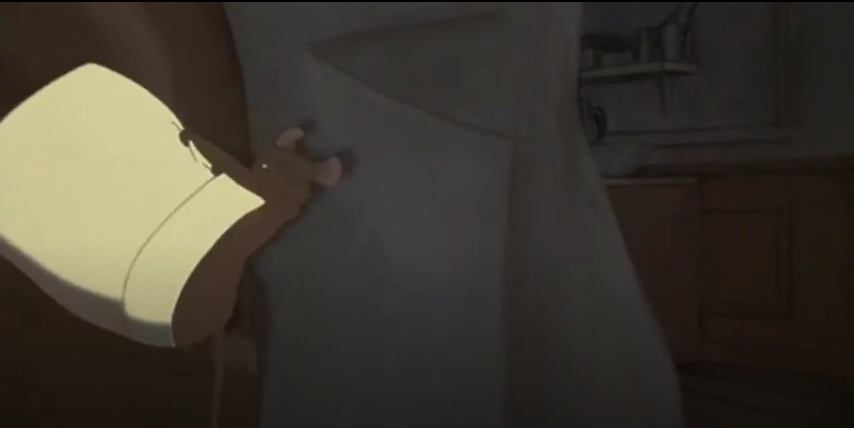
I’m not a fan though of how this movie portrays Scrooge’s nephew, Fred (Iain Jones), as pathetic and pleading rather than robust and jolly. He’s also kind of dumb, having a bunch of Christmas carolers, which includes Tiny Tim (whose voice actor isn’t specified in the credits for some reason), stand outside his uncle’s place of business and serenade him after Scrooge has made it clear he doesn’t care for the holiday. Scrooge establishes himself as worse than other versions of the character by dumping a bucket of water on them in the freezing cold. On the other hand, he’s bewilderingly tolerant of, even affectionate towards the two mice.
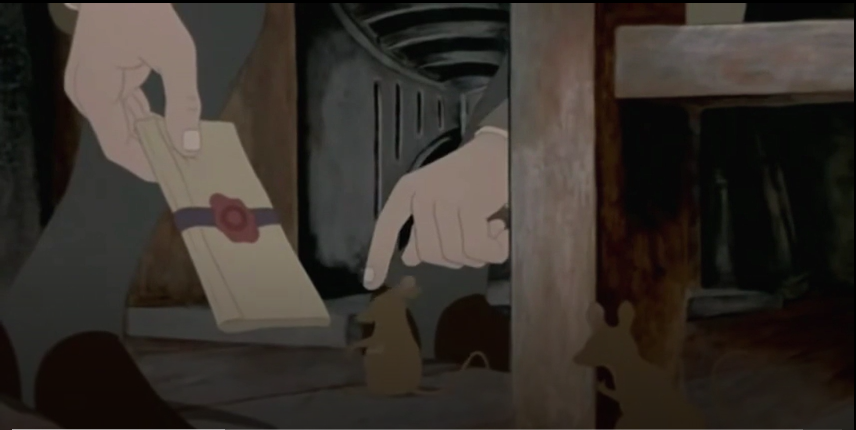
The first change this adaptation makes that really bugs me is having the ghost of Jacob Marley (a somewhat miscast Nicolas Cage) appear to Scrooge when he’s alone in his office rather than at home in his bedroom. It’s not a badly done scene on the whole but I really don’t see the point of the location change. In this version, the ghostly encounter actually precedes Scrooge’s conversation with the charity collectors (also uncredited.) This adds an interesting subtext to Scrooge’s line, “Marley is long dead, sir. Marley died seven years ago on this very night,” making it seem as if he’s trying to convince himself. But it makes no sense from a pacing/storytelling perspective. Why would we care about random charity collectors after we’ve just established that ghosts exist in this universe and three of them coming to haunt the main character? Displaying Scrooge’s heartlessness to the poor first and then having the haunting feel like a punishment makes so much more sense.
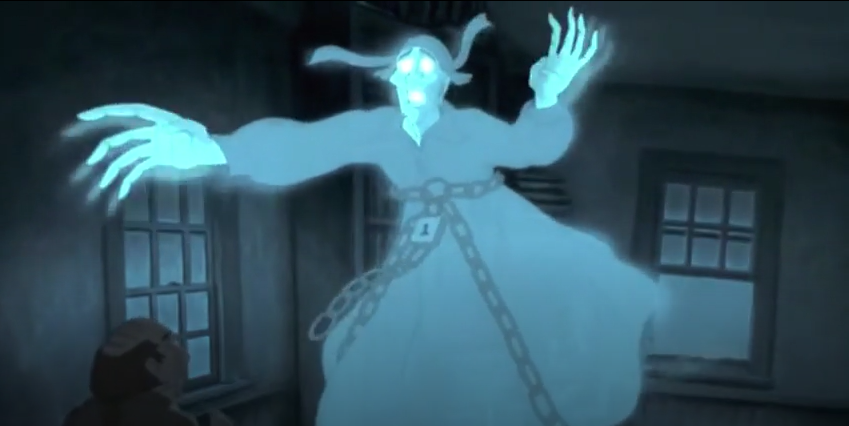
Scrooge still sees Marley’s face in his doorknocker when he comes home which seems anticlimactic to me when he’s already seen his entirely ghostly body. I guess it’s to show that he can’t quite dismiss what he’s seen as a dream, however much he’d like to do so.
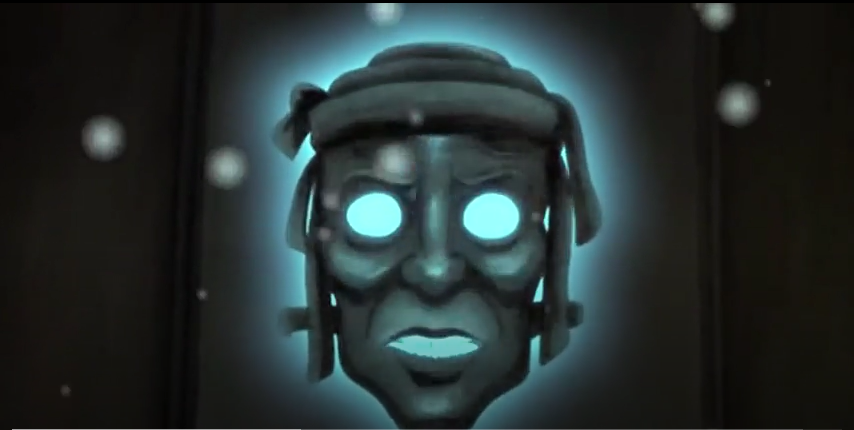
Not only does this adaptation include Belle at Fezziwig (Colin McFarlane)’s Christmas party in the Christmas Past section, as some other adaptations do, but it establishes her even earlier than that, making her the close friend of Scrooge’s beloved sister, Fan (Beth Winslet.)
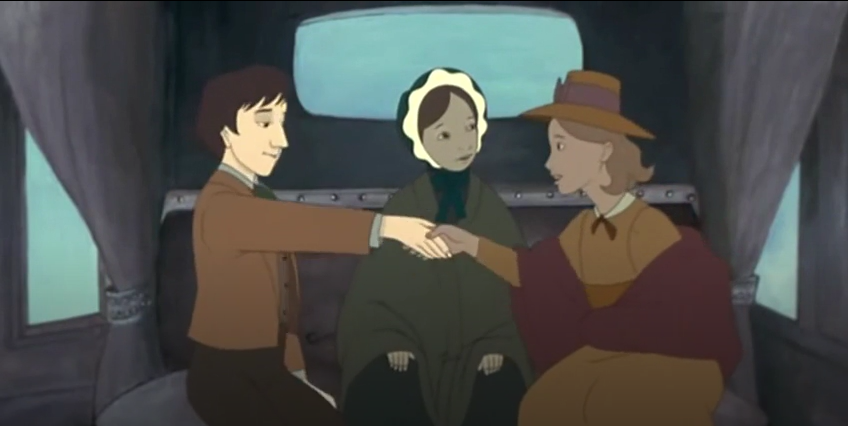
Charles Dickens implied that Scrooge’s cruel father (uncredited) underwent a miraculous character transformation similar to the one his son would one day undergo. This adaptation has him remain cold to the end[2]So does the 1984 movie starring George C. Scott., disinheriting Fan for marrying a poor man. I don’t hate this change, but I feel the movie missed an opportunity by having Belle break with Scrooge for the same reasons as in the book rather than because of disgust at him not helping his sister in her plight.
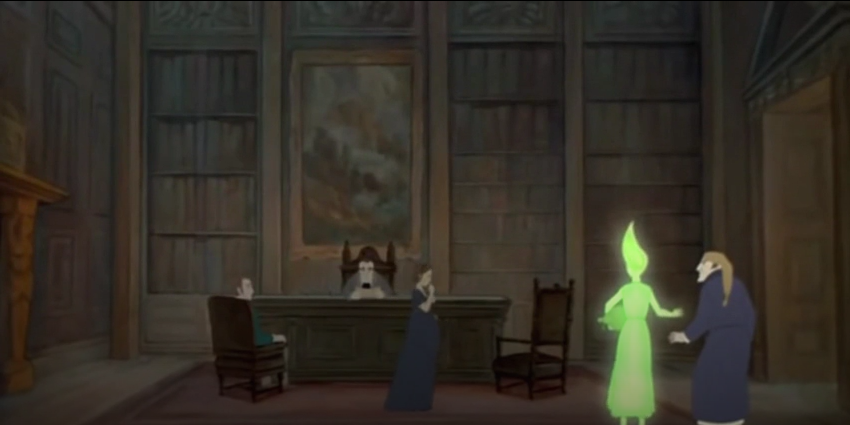
In this version, when Scrooge asks the Ghost of Christmas Yet To Come if there’s anyone who feels anything over his death, the ghost shows him that while Dr. Lambert is-or rather will be-rejoicing over his creditor’s demise, Belle is decidedly not.
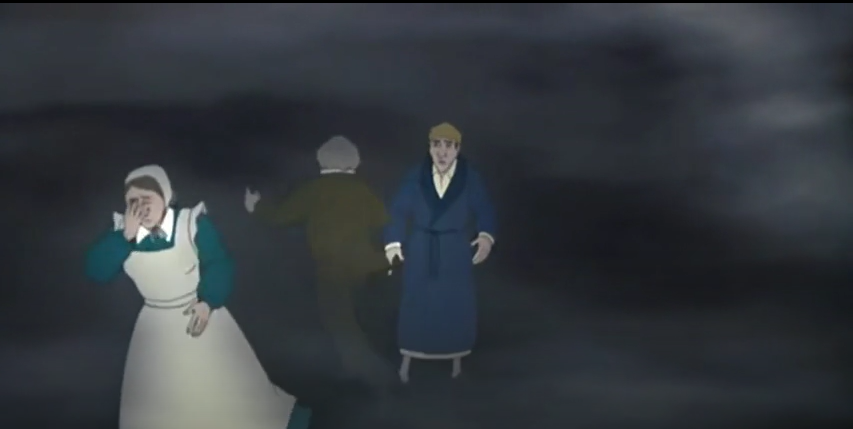
You might expect from Belle’s beefed-up role that in the end, she and Scrooge will get married[3]In the book and some of its adaptations, Belle ends up marrying someone else and having several children with him but not so here., adding to the happy resolution, especially as Scrooge is portrayed as younger than usual. Well, not exactly. After the last ghost has gone, Scrooge finally reads Belle’s letter and is determined to set things right. But it’s too late. His agents have already repossessed everything in the hospital and sold it. Then we get a scene of Belle crying and a sad pop song that doesn’t mesh with the rest of the soundtrack[4]The movie’s score, by the way, was composed by Julian Nott who did most of the music for Wallace and Gromit., in which she speculates that if she hadn’t broken up with Scrooge, he might not have fallen so far. Later that night, she berates him for the damage he’s done, telling him it’s out of his power to undo it.
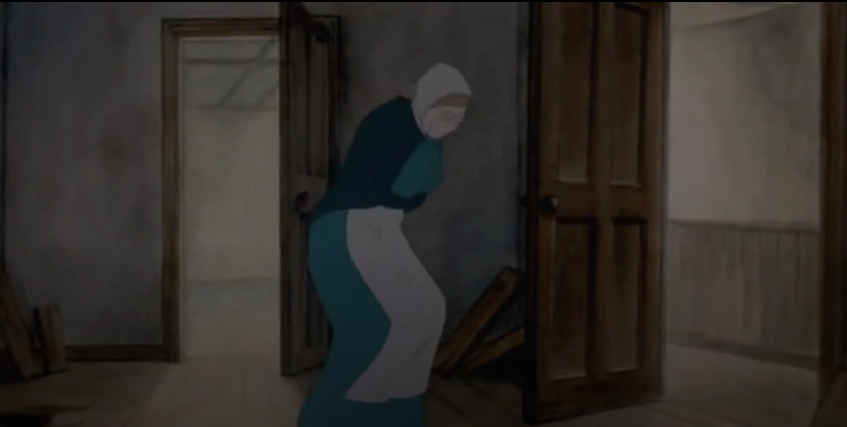
So… yeah. While the message of the book was arguably that it’s never too late to change, this movie’s message is that you’d better change quick before it’s too late.[5]The ridiculous aforementioned 2019 A Christmas Carol apparently takes a similar tack. I don’t believe that’s a bad message. In fact, I’d even call it a good message. But it’s really not what I want from a movie adaptation of A Christmas Carol, especially one that goes so far as to call itself A Christmas Carol: The Movie. To be fair, the movie doesn’t quite end on that note. We see that Dr. Lambert is released from prison the next day and that Scrooge raises Bob Cratchit (Rhys Ifans)’s salary. An epilogue shows that Scrooge would go on to help the hospital with his money and that Tiny Tim wouldn’t die. But, in part because they’re either from the book or what you would expect from it, these scenes lack the emotional punch of the one preceding them.
“That, ladies and gentlemen, is the story of A Christmas Carol,” concludes Dickens in the framing device, “not quite the same one I wrote in the book, I admit. I hope you enjoyed it nonetheless.”
Well, I didn’t hate it.
The movie has a great idea for the Ghost of Christmas Present (Michael Gambon, probably the voice cast’s biggest asset), having him pour incense on a group of offkey carolers, making them sound like a polished choir. (“It’s not what you hear with your ears,” he tells Scrooge, “It’s what reaches your heart.”) The dreamlike aerial tour the spirit gives Scrooge of Christmas all over the world is also the most visually (and musically) impressive part of a movie whose visuals seldom rise above serviceable. Director Jimmy T. Murakami also worked on the classic 1982 animated short, The Snowman, and in that scene, you can kind of tell.
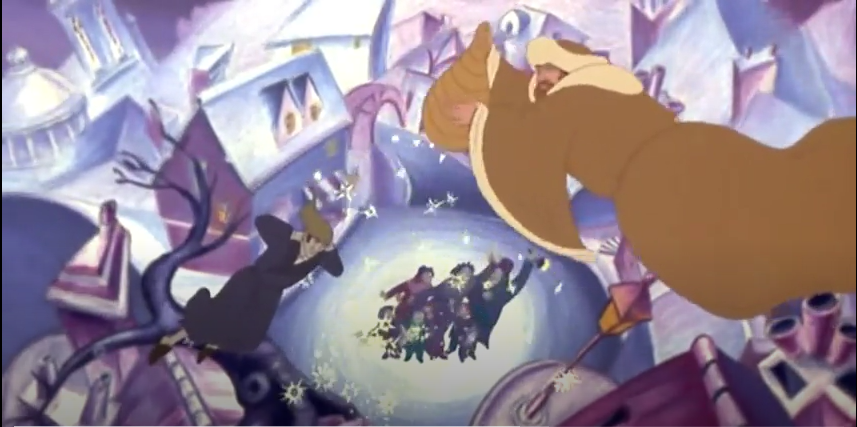
Also visually impressive is the Ghost of Christmas Yet to Come.
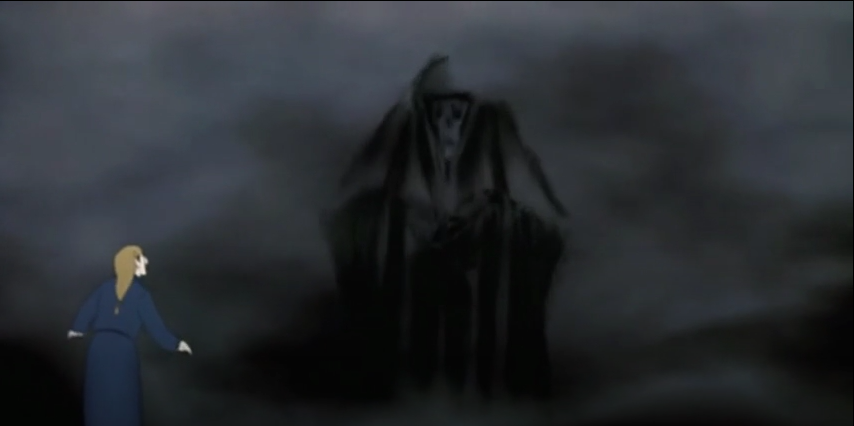
The movie adds some interesting lines to the scene where Scrooge meets the personifications of Ignorance and Want.
“Ignorance is bliss until you look it in the face…Want can be helped even with very simple means for a while but Ignorance, Ignorance can only help itself. It has to change from the inside out.”
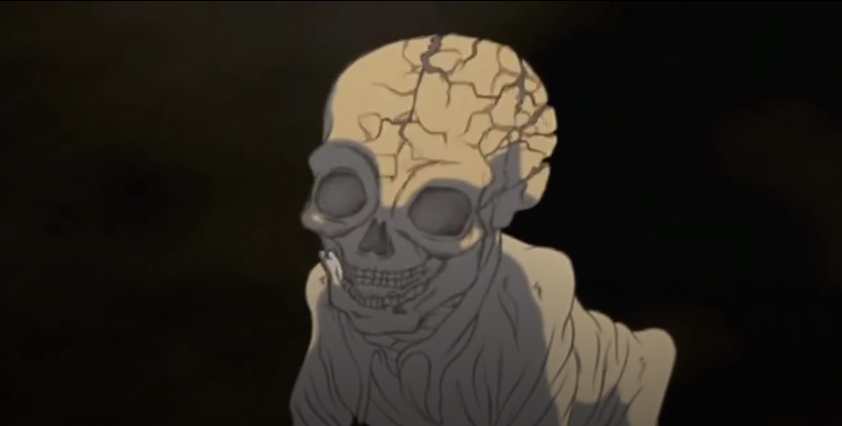
And I honestly kind of like that sad out-of-place pop song.
But most of this Christmas Carol is simply workmanlike. The main things that render it a curiosity are its departures from the source material and they’re more interesting than good. Next week, I’m going to write about another weird, animated take on A Christmas Carol, one that at first glance, seems inferior to this one but on a second glance…well, you’ll have to make up your own mind.
Stay Tuned
References
| ↑1 | For reasons beyond me, the live action scenes that bookend the movie were cut from the DVD version and included as a bonus feature. |
|---|---|
| ↑2 | So does the 1984 movie starring George C. Scott. |
| ↑3 | In the book and some of its adaptations, Belle ends up marrying someone else and having several children with him but not so here. |
| ↑4 | The movie’s score, by the way, was composed by Julian Nott who did most of the music for Wallace and Gromit. |
| ↑5 | The ridiculous aforementioned 2019 A Christmas Carol apparently takes a similar tack. |
